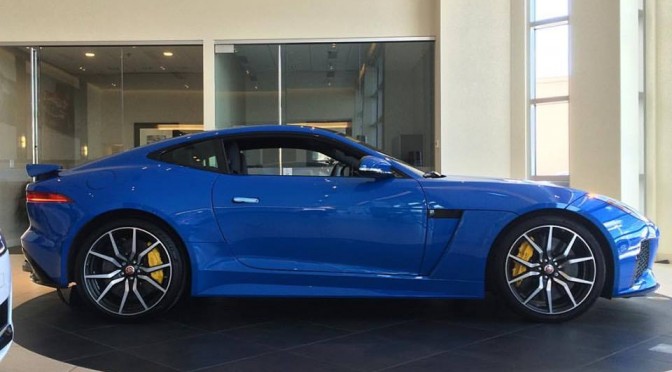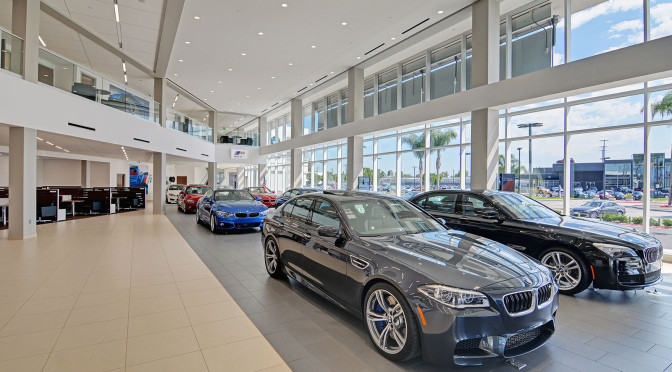When we think of car dealerships on social media, non-native content, links to articles related to the car brand the dealership is selling, and copy and pasted reviews from DealerRater dominate their Facebook pages. On Instagram, most car dealerships stay away from the platform, post sporadically, and if they are posting throughout the week the photos are usually from the brand itself. The blame cannot be pinned on the dealerships, but in fact the marketers. There’s a marketing disconnect and hopefully this article helps bridge the gap by providing a different way of thinking to help enhance the social media presence that car dealerships have.
In the 21st century the automotive industry relies heavily upon visual content, whether that be television commercials, photos, or videos by car magazines on YouTube. Car dealerships get a small piece of the digital media marketing pie, as companies rely upon the brand to supply them with commercials in their local areas. Rarely do dealerships create their own videos, photos and online commercials, and the ones who do are experiencing more engagement, reach, leads and sales.
For the automotive industry, digital media marketing is a separate entity from social media marketing. While car dealerships occasionally create Facebook ad campaigns, they’re not implementing 1-4 minute videos that can inform, educate, and alter consumers’ car buying decisions. Facebook ads alone are ineffective, as they don’t provide any value or reasons for consumers to purchase the cars the dealership is selling. Through digital media however, the results companies desire can certainly be achieved if they’re committed and dedicated to the long term success of social media marketing.
It is important to note that social media marketing isn’t an overnight solution or a free one. Money has to be spent to reach large groups of car buyers in the local area, as Facebook and Instagram algorithms have made it difficult to grow a following or customer base organically. On the flip side, Facebook does provide us with Polk Data that targets and pinpoints ideal car buyers who are in the market to purchase a new or used vehicle. Not only that, but we can also target people who are in the market to purchase a specific brand (i.e. Toyota) and type of vehicle (sedan, SUV, pickup etc).
Where digital media marketing comes into play is when you want to sell 2017 Toyota Camry’s to make room for the 2018s. You create one minute videos that briefly go over features, specifications, and price. The reason you want one minute videos is because they can also be posted to Instagram and Twitter, which maximizes the content’s effectiveness and reach. I’d do this for every trim of the Camry to be informative and educate car buyers on the differences between them and their prices. Add social media marketing ad campaigns and now you have a dealership that’s on every social media platform, posts high quality content daily, and informs and persuades car buyers to purchase not only the brand their selling, but buy a car from their dealership. Besides the creation of high quality digital media content, social media marketing becomes effortless, and at the end of the day you just go the competitive advantage on all the dealerships in your area.
Car dealerships need help on their social media pages, and marketers just want to run ad campaigns. The gap needs to be bridged, and I don’t see that happening any time soon unless marketers start providing digital media content. The automotive industry is very competitive, and right now a relatively strong economy is making it harder for dealerships to differentiate themselves from their competition. Digital media marketing can provide that, and with effective social media ad campaigns, you’ll begin to see the ROI, the growth in leads and sales, and the impact your dealership is having on car buyers through the content you’re posting.






